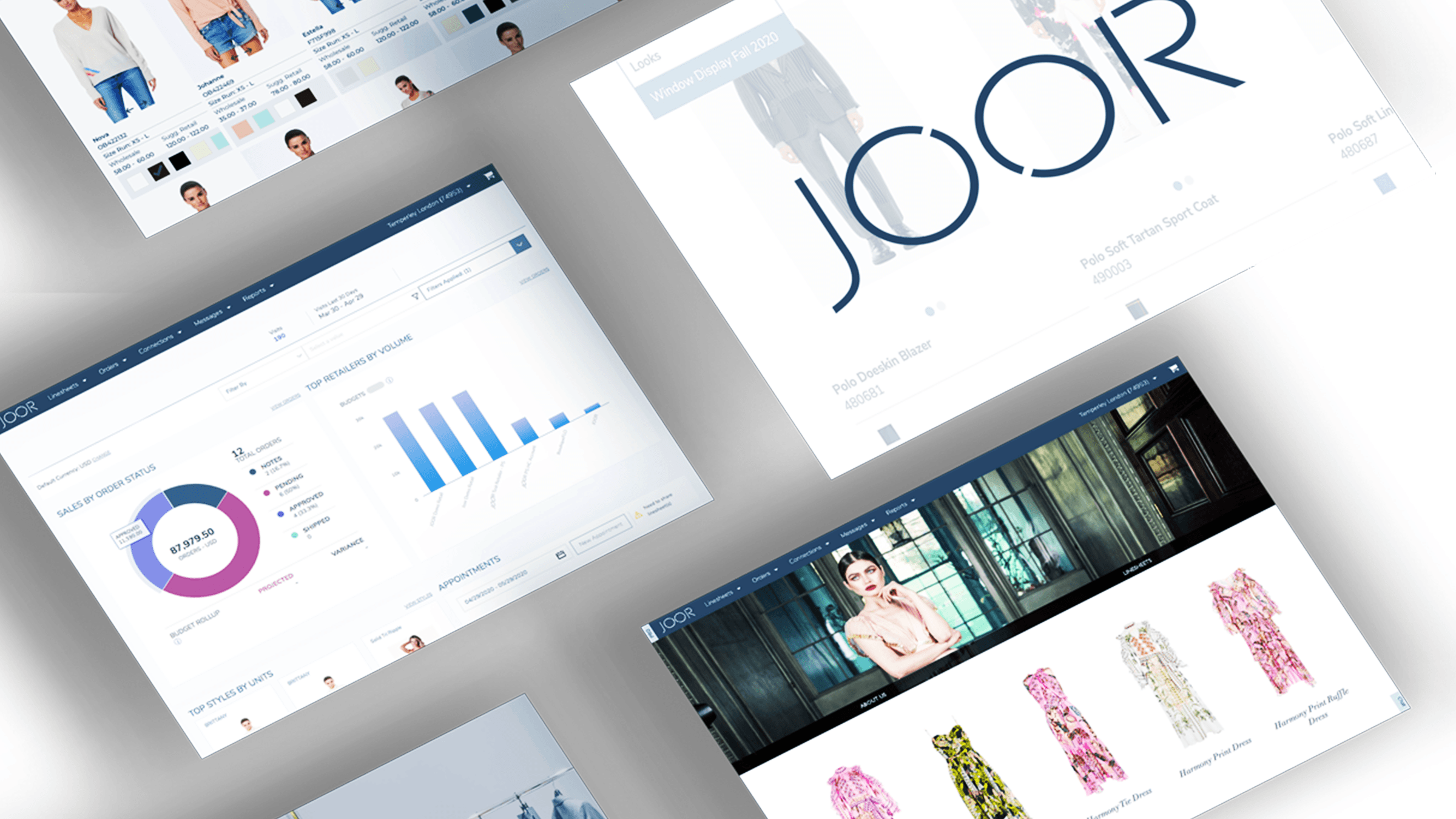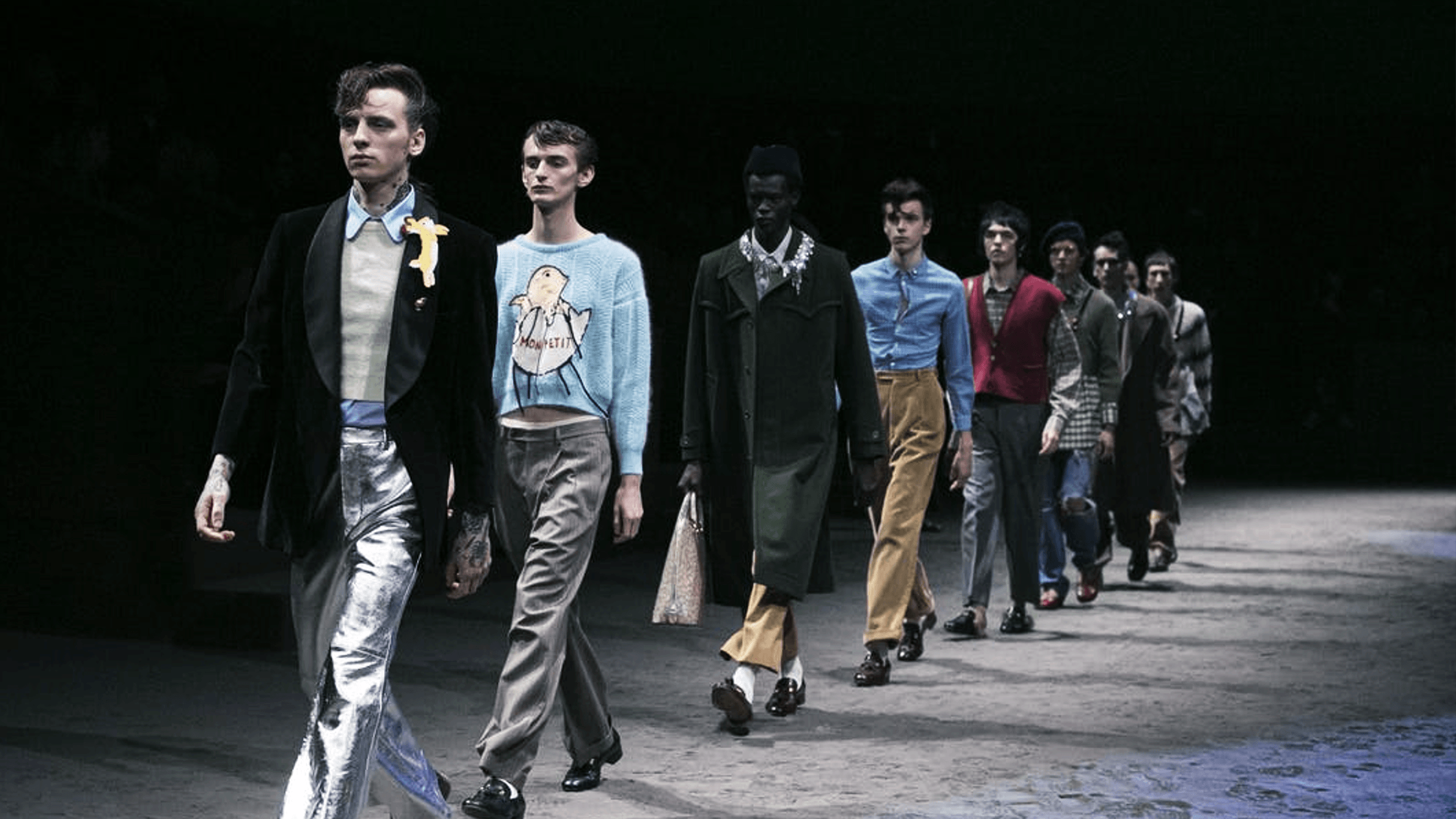Last week, a fashion retailer told me that they’d had to complete a full digital transformation in the space of just four weeks. This feat is part of a wider trend: when it comes to innovation and truly embedding a digital-first mentality into fashion companies, Covid-19 has certainly highlighted the gulf between the industry leaders and laggards.
But with stores now reopening, it is essential that fashion brands do not take their foot off the accelerator or treat innovation as a box now ticked. Having the courage to invest in and build meaningful digital engagement will pay dividends, and businesses must prioritise digital transformations that not only allow them to continue trading in the new normal, but also to consistently delight and surprise their customers.
It is crucial to recognise this moment as a new technological revolution – without losing sight of the humanitarian tragedy of the pandemic. Like never before, fashion businesses have the chance to radically streamline their supply chain, rethink their selling habits and completely overhaul store experience. Consumers are ready and waiting, primed to adopt digital tools and embrace new forms of engagement. This begs the question: why are fashion brands not aggressively embracing this opportunity to emerge from the crisis as a stronger and more modern businesses?
Indeed, walking down Oxford and Bond Street earlier this week, it was clear that despite stores reopening, customers are not ready to return to the high street. According to research by data company Springboard, UK retail footfall has dropped by 65% when compared with figures from June last year. Moreover, analysis from McKinsey shows that from April to September this year, 35% to 40% of all sales will take place online. Taken together, these statistics point to a future where a strong online presence is the bare minimum and continued investment should be self-funding. In the words of Mia Ouakim, the former Chief Brand Officer at Esprit, whom I spoke with last week: “Risk aversion to digital won’t protect fashion companies – it will kill them.”
“Risk aversion to digital won’t protect fashion companies – it will kill them.” – Mia Ouakim, former Chief Brand Officer at Esprit
Digitally recreating the personal service found in stores has been a long-term challenge for brands. In the past twelve months, live clienteling via mobile app has gained significant traction in the UK and US, and WeChat has been the norm in Asia for several years. Online customers can speak directly with sales assistants based in-store, via video chat or instant message and request close-ups of garments, check sizes or product details, resulting in higher transaction values, far better conversion rates and crucially lower return levels. Fast forward to today, and digital conversational commerce is becoming increasingly common in the wake of Covid-19. On Thursday, for example, John Lewis announced that it was rolling out virtual fashion consultations via Zoom for customers looking to browse the store from the comfort of their own home.
Leading the way is HERO. Launched in 2015, HERO partners with brands such as Levi’s, Nike, Chloe and most recently Shopify to facilitate virtual shopping services. Even while stores were closed during lockdown, 85% of HERO’s clients were able to keep selling to customers face-to-face, maintaining an authentic, human approach. Adam Levene, founder of Hero said: “it‘s been gratifying to see how far adoption of virtual shopping has come in such a short period of time. Since 2015 HERO has been creating this technology alongside some of the most forward thinking brands, but it’s the pandemic’s acceleration of all things digital that has propelled it into a must-have proposition for every retailer and shopper.”
“It’s the pandemic’s acceleration of all things digital that has propelled virtual shopping into a must-have proposition for every retailer and shopper.” – Adam Levene, founder of HERO
Likewise, within the B2B sector, sales at digital showrooms such as JOOR, NuOrder and Ordre exploded in the first half of 2020. Whilst these companies have been gaining a foothold in the market for a few years now, the enforced adoption of their technologies (in the absence of buyers being able to visit showrooms) has been a game-changer. We have seen retailers embrace the platforms with such vigour that several department stores confirmed that only the highest value buys would be done in person in the future. I caught up with Chris Akrimi, SVP Global Sales at JOOR, who explained why digital showrooms will play such an integral part in the future of the fashion industry: “from a retailer point of view, this is about buying efficiency and data capture to make critical decisions. From a brand perspective, these showrooms give the ability to collaborate online and offline both physical and digital with global buyers with speed to market with considered costs.”
“From a retailer point of view, this is about buying efficiency and data capture to make critical decisions. From a brand perspective, these showrooms give the ability to collaborate online and offline both physical and digital with global buyers with speed to market with considered costs.” – Chris Akrimi, SVP Global Sales at JOOR

The benefits of digital showrooms are potentially immense. Buyers can log in 24/7 and view detailed merchandising plans and purchase collections using 360° photography or perfectly-rendered 3D digital garments – saving time, money and having less of an impact on the environment. In fact, research by ORDRE alongside The Carbon Trust found that found that the annual emissions of the travel associated with the ready-to-wear wholesale buying process is an astonishing 241,000 tonnes.
From an end to end perspective, Hugo Boss and Tommy Hilfiger are examples of brands that are ahead of the curve, having already investing heavily into digitalising their entire supply chain. Their ultimate aim is to transition a garment from design concept, development and into a sales campaign through their own digital showrooms, without a physical garment ever being created. While they are not yet at this stage, both have reduced the number of samples required by over 50% and have dramatically cut the length of the critical path to market. The fundamental enabler to all this will be data — the transparency, governance, and accuracy of which has never been more important.
The area where digital has so far failed to capture the magic of the physical is the fashion show. With Covid-19 halting mass gatherings, fashion weeks have been a mixed affair this year – hybrid digital/physical events for which brands put together hastily-made presentations. Even for Milan, which finished this week, shows such as Prada were artistically beautiful but lacked the impact and buzz of the real thing.
Talking recently to Matthew Drinkwater, Principle at the Fashion Innovation Agency, he suggested that “fashion should look to the virtual gaming industry, which is now a $100b industry. Look at events such as the Travis Scott concert in Fortnite to see how to really build something memorable.”
Looking across the fashion retail landscape, it is clear so much more can – and needs – to be done, especially given the likelihood of future lockdowns and retail closures. Matthew agreed. “Retail cannot exist in a sterile environment with no-touch policies, where consumers are queuing 45 minutes to get in,” he told me. “They will simply seek out product elsewhere. Immersive technologies will help build truly experiential retailing that returns a sense of wonder and excitement to retail.”
“Retail cannot exist in a sterile environment with no-touch policies, where consumers are queuing 45 minutes to get in. They will simply seek out product elsewhere. Immersive technologies will help build truly experiential retailing that returns a sense of wonder and excitement to retail.” – Matthew Drinkwater, Principle at the Fashion Innovation Agency
Mathew and I discussed the opportunity at hand for fashion businesses, especially around augmented reality. Zoom already offers different virtual background options on calls – so how long will it be before fashion brands start to team up with AR developers to provide virtual outfits, allowing callers to change their look call to call? If people are leaving the house less for work, why wouldn’t people purchase a virtual outfit for meetings, once the technology is good enough? This concept is already dominant in gaming, with virtual outfits the main money-maker in games such as Fornite, which made almost $2bn in revenue in 2019.

Aside from the technology itself, the biggest obstacle facing brands is their own aversion to change, and the challenge of building a team that can truly drive innovation. As one journalist said to me: “The status of too many people in the industry is tied to an old-fashioned way of working. Remove this through digital and they no longer belong.”
Fashion hiring is often painfully insular. There’s an argument to be made that the game-changing talent will come from other sectors, arriving to educate and shake-up the status quo. So how do legacy fashion brands make themselves an attractive career option to digital leaders?
This is a mission that must be driven from the top down, with new and diverse talent promoted to implement changes in the culture and fabric of the business. It is likely companies will have to restructure and roles will develop and evolve more quickly than ever before. This is hugely difficult as people are protective of their jobs and often resistant to change, but we strongly believe now is the moment to begin the process.
It is often said that in times of greatest adversity the best ideas arise. Fashion must have the courage to embrace this mantra and redefine itself as a truly innovative sector, marking 2020 as a new progressive step. Put simply: it is now or never. This is a period that will be defining for brands in the long term and risk aversion is simply not an option when it comes to digitally securing the future.
mathew.dixon@thembsgroup.co.uk | @TheMBSGroup
Mathew joined The MBS Group in May 2020 as a Director in our Fashion and Luxury Practice








